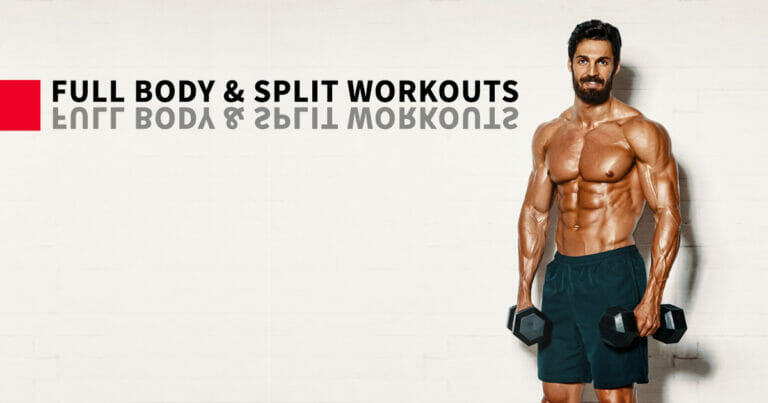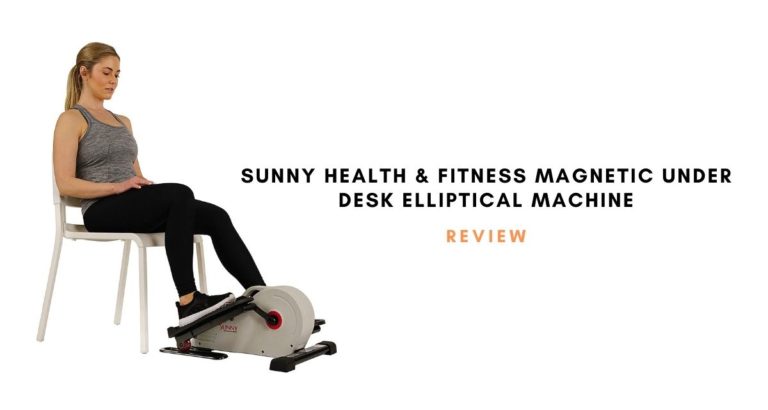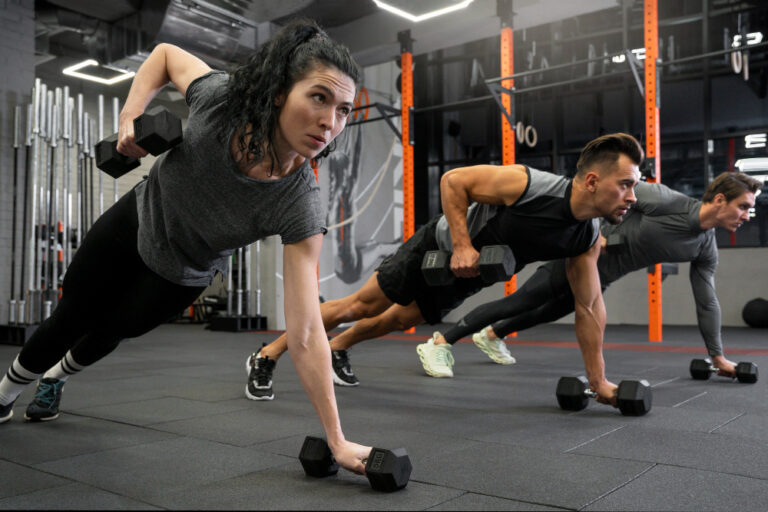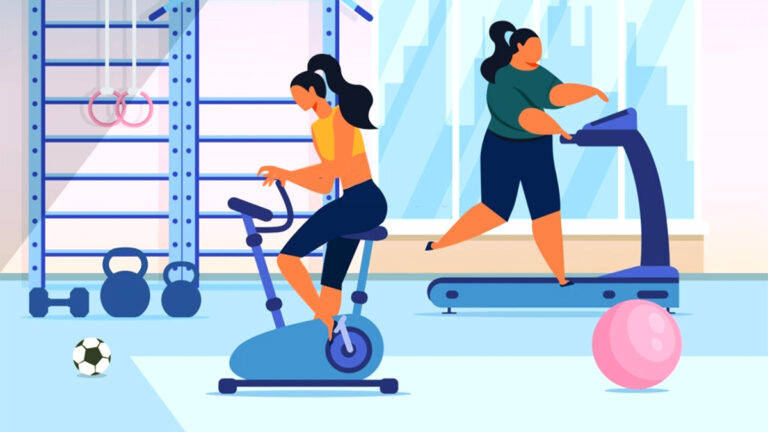Push-ups, legs-splits, and upper/lower body splits seem to be quite common knowledge these days in workout programs and the point is that there’s still a 5 day split workout exist which a lot of people are unaware of. It’s sort of a hybrid between the two and I want to bring this split to you and explain how you can create your own. Because well there are some people out there who just want to work out five days a week.
Before I dive into the details, let me explain that this is not going to about why this split is superior and going into the fundamentals of the split rather I’m just going to explain exactly how you can construct the workout split for 5 days a week. Maybe that’s all you have available, maybe that’s your preference or maybe that’s what your schedule is best for and so at the end, I’m going to break down and show you a sample workout according to everything that I break down here.
I’ll show you how simple it can be.
Now, it’s obvious that most people with five days a week still do a one body part per week types of training splits also known as a bro split. It has been shown over the last couple of decades through tons of research and studies that for the majority of people, it’s probably going to be more ideal to have a higher frequency type of a split, in other words hitting each body part more than once a week and, in this case, we’re going to hit it twice a week.
Table of Contents
The Optimal 5-Day Split
Now, how the split is set up for five days like I said it’s a hybrid between upper lower and push-pull legs that is what the split is. It is an upper day, lower day, push day, pull day, and legs day.
So, those are your training days. Typically, you’re going to have two rest days since there are seven days in a week. Hopefully, you got that part there but it’s going to be something like an upper day, lower day then rest, and again push-pull-legs day rest.
That's an example of how you can do it so just keep that in mind.
Pick your exercise days
So, the first thing we need to do here is of course choose the days. Now I get this all the time, people are stressing over or overthinking about how do I split this up?
Is it okay if I do push-pull legs first then upper lower or upper-lower then push-pull legs? Is it okay if I do push-pull legs rest upper rest lower or it’s okay if I do rest upper rest lower push-pull?
Just pick the days that work best for you. If you’ve got every day free to work out then what I would recommend is doing an upper day than a lower day than resting.
After that, as they are taxing workouts and you’ve covered the whole body already in those first two days and then go into the push-pull legs and then resting again.
The workout routine for 5 days in a week is, Monday – upper body workout, Tuesday – lower body workout, Wednesday we will rest and Thursday – push-down exercises, Friday – pull day, Saturday – legs day, and Sunday again our rest day.
Anything like that is probably ideal but again it’s not going to be that much of a difference if you have to for whatever reason split it up in a different way. Wherever you put those rest days, you can do all of those workouts back-to-back and rest on the weekend and restart. It’s not that big of a deal, just pick the days.
Pick your lifts/compounds
Once you’ve picked your days the next thing to do is to pick your compound exercises because again remember compound exercises are going to be the bread and butter of all of your gains throughout your lifetime.
And they are what make up the core of your workout. So, if we’re going to go through some lists of basic compounds that you can do for each, the push the pull and the legs like the upper days.
Push-Up days compound exercises
We’re going to look at things like for your push days. Any variation of test frets and any variation of a shoulder press is essentially a compound lift.
This includes push-ups incline variations, decline dumbbells, barbells, etc. Some common ones being the bench press with the bar bench press with dumbbells overhead press and those types of things.
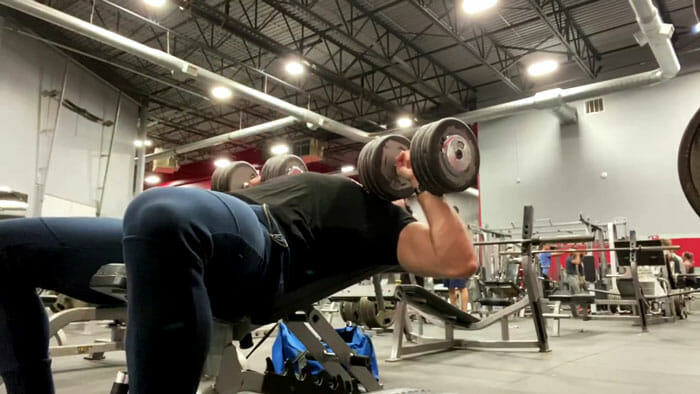

Machines also count as compounds though I do recommend making the primary exercises freeway compound exercises.
Pull-Ups days compound exercises
It’s now on the pull days or any sort of pulling exercise that you can do that’s a compound. You’ve got bent-over rows, chin-ups, or pulldowns. You’ve got cable rows and any variations of these types of exercises. Again, machines can fit into this category.
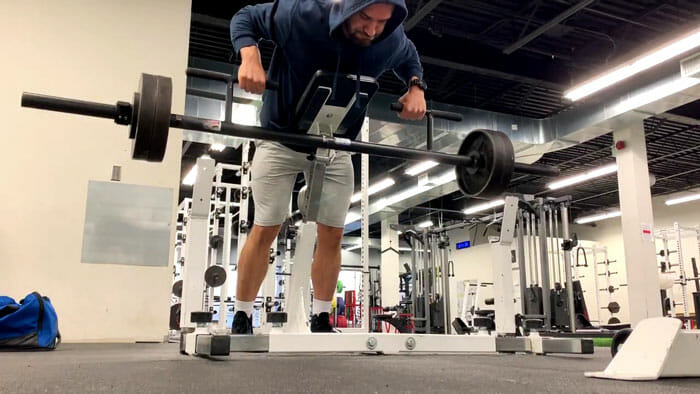
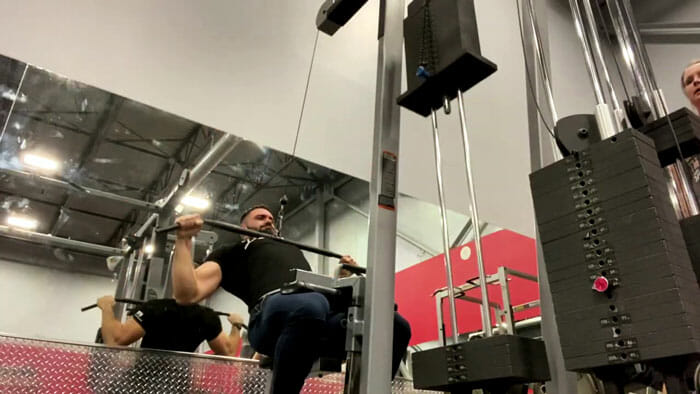
Legs days compound exercises
Now for legs, you’ve got plenty of compounds here. Any variation of squats, any variation of deadlifts, hip thrusts, lunges, leg press, hack squat all of those counts as compound lifts.
Remember, this means lifts that include multiple joints moving at the same time. Pick those core ones, pick what you’re going to start with on each day.
Your upper day maybe you want to start with a back exercise great maybe it’s a chin-up perfect. Maybe you want to start with a push maybe it’s a bench or an overhead press choose that then you’ve got your legs day. You want to start with a variation of squat or deadlift, choose one then the push date you’re going to start with some sort of compound for pushing.
Same thing with the pull days. Some sort of a pull compound and then the legs you can switch from what you started with. On the previous leg day, you can start with a deadlift variation instead of a squat variation or just a different variation of the squat that’s up to you.
Again, which you want to do, pick first. Do not overthink It, one is not better than the other necessarily. That’s going to come over time as you practice. These lists as you learn which ones you love more, which ones you respond to better, and so on. For now, pick some main lifts, and let’s get started with those
Choose Sets / Reps Ranges
Okay, the next step now that you have your main compounds at the core of your workout now choose the rep and set ranges. Now the best part of the hybrid split okay is that it is hybrid in multiple ways.
In this case, you can have a good mix of both strength and hypertrophy work within the week. So you can work on both quite well. It’s not going to be as good as just on one but you do have that luxury.
Since the first days are upper and lower and then followed by a rest day it should have a rest day on both sides. Let’s say if you choose the ideal route that I mentioned before. You’ve got a rest day on both sides of that and so you can go with heavier weights, lower reps, higher sets, and higher intensities that will work more on strength building.
Remember, the strength reps would typically be between one to six reps. Higher sets - four to six sets.
STRENGTH | MASS | |
REP RANGE | 1-5 | 6-12 |
EASE OF FORM | Hard | Mid |
CNS BURNOUT | Hard | Mid |
EXHAUSTION | Low | Mid |
For example, sometimes more but you get the point it’s lower reps’ higher weights you can do this on your upper day. And your lower day to start and then after that the rest day following that. When you go to the push-pull legs you can work on hypertrophy training.
Now, remember hypertrophy meaning muscle gain. The rep ranges are going to be typically between six to twelve for most of the sets. They are a little bit less as you’re cramming more volume per set, and weights are going to be a little bit less as well.
To reach those repetitions you can have a good mix of both if you’d like. Of course, you can always just focus on one of the other more. So, depending on what you would prefer whether it’s strength or hypertrophy but you do have that option and personally, that’s how I’ve set it up for myself.
As I do higher sets, higher weight, more intensity on those two starting days, and then I break it down into more volume, more repetitions, more time under tension with the push-pull legs portion of it.
Isolation / Accessory Exercises
Okay, the next and final touches to this workout split are picking your isolation exercises. Remember, isolation or accessory exercises are exercises that are either going to assist you in getting stronger in your main lifts and/or working on weaker body parts or in other words body parts that aren’t being hit very directly throughout the majority of the workout.
So, for example on an upper day, you’re doing lots of pressing, lots of pulling but you may not directly be focusing and isolating biceps and triceps.
So, maybe you want to do something like that and you want to add bicep and triceps work to get a little bit more growth in that area or if you want to keep it to strength on those first two days, you can do accessory lifts that I want to aid you in the main lift.
So, if your main lift as a bench presses one of your accessory lists, maybe a closer bench-press as this is going to help you in strengthening that main lift on the hypertrophy days. You can of course make the isolation just hitting certain muscles, maybe like lateral delt, rear delt, a bicep-triceps forearm calves.
These types of things are up to you. You can still make the accessory exercises on your hypertrophy days, dedicated to the strength cliffs and vice versa.
Again if you decide to just go purely hypertrophy, all of your accessories won’t be linked to building and developing the muscle in certain areas that aren’t being hit directly and if you decide to go strong for the entire program then of course all of your accessories should be dedicated to increasing or aiding the strength that you gained on your main lifts.
When you pick this isolation, you should only be picking one or two of these exercises per workout. This is going to depend on how much time you have for it.
You can choose more if you’d like, sometimes you may not get around to doing two or one at all depending on time restrictions, etc.
But again these exercises are still pretty important and I do recommend that you do at least one or two of them per workout. Because the last thing we want is to look unbalanced and we hold our strength gains on our main lifts.
Okay so the accessory is still important, people ask me what accessory is? It is the main thing but it is still important to keep in mind at near the end of your workout after we’ve done your main work, it’s going to be higher repetitions regardless of it that’s for strength or hypertrophy.
You want somewhere between two to four sets per exercise of your accessory work and the reps are going to be between 8-12 for the most part.
Also, these can be exercises that hit your core. If you want to hit some more core, some more abs, some lower back, and other areas, that again can be easily neglected throughout the core of the workout.
Progression / Tracking
Next, of course, is the progression in the workout, now the progression is going to depend on the level of experience that you’re at. Assuming that you are closer to beginner to intermediate because if not you probably know how to set up your split by now.
Then we’re going to make sure that we track our workouts. Tracking your work is the key because this is going to ensure that you know exactly what you need to do next week to progress from this week.
Progressionist everything in these workout splits, that’s why overthinking exercise and how you set it up isn’t as important as actually tracking and making sure you’re getting stronger in those exercises.
Again, 99% of people do not do this but it is by far the thing that’s made the biggest difference in my life and I recommend that you track your workouts so you can progress week to week.
And of course, you do want to monitor and see when you need a D-load. D-load of meaning when you back up a little bit because you’re getting overly fatigued from continuously progressing, you backed off for a week.
Typically, you D-load for four to eight weeks, so either on the fourth week or the eighth week and this is going to help dissipate fatigues so you can continue progressing from there.
Diet / Sleep / Cardio
Of course, you cannot ignore the extra stuff that needs to be in place to make the most out of the split. Remember working out is one of the smallest portions of all of this. How’s your diet, your sleep your water, you’re stretching, your cardio, your stress;
All of these factors play ten times a bigger role in it to see how good the results you get as opposed to which exercise you did when or how many reps you did this week than last week.
All of those other factors are going to facilitate the gains you'll make through a program like this.
Workout Example
All right so now I’m going to break down a very quick sample workout to kind of bring together everything I explained in here to illustrate how you can do this for yourself. You can follow this exact workout; it is quite similar to the workout I’m doing and so this one was easy for me to make.
Day 1: Upper Body Workout
Bench | 4×6 |
Weighted Chins | 4×5 |
Incline DB Press | 3×8 |
HS Row | 3×8 |
CG Bench | 4×8 |
Barbell Curl | 4×6 |
Accessory 1-2 | 3×8-12 |
So, the first thing on day one we’re going to start with our upper day. we’re going to start with the flat bench press barbell. It’s going to be four to six reps, keep in mind on this day I am focusing a little bit more on strength. So lower reps, higher weight, four sets, and six reps. After that, I do weighted Chin’s, so I started with the press and go to a poll weighted chin. I’m doing four sets of five reps, again keeping that rep range low because the weights are going to be pretty high.
Following down I’m going to do an incline dumbbell press for three sets of eight reps. Followed by Hammer Strength row, which is a machine row. Three-row sets of eight reps as well. So, there’s a good balance of push to pull in this first workout.
Next, I’m going to be choosing a close grip bench for six reps and followed by eight barbell curl. So these can be counted as an accessory as the barbell curls should help me strengthen my forearms and my biceps. For the chi- ups, closer bench strength coming all of the muscles for my pressing on the bench press. From here I’m going to pick two accessory exercises, now it may be bodybuilding ones, shoulder exercises, maybe like side delt, face pull, or these core exercises. It could also be like a sit-up or leg raise or a plank anything like this. I’m going to choose two of those and again three sets of eight to twelve reps.
Day 2: Lower Body Workout
Squats | 5×5 |
Hip Thrust | 3×6 |
Lunges | 3×8 |
1-2 Isolations |
On day two, we’re going for the lower day. We’re going to be starting with a squat five sets of five reps followed by a hip thrust three sets of six reps, again the weight is high here. Then it’s going to be Lunges, three sets of eight reps, and followed up by one to two isolations. So, there are only three main combats for this leg day but again it’s because they’re going to be heavy and lots of weight complex exercises. So, they’re going to take a lot out of us and they’re going to take a while to accomplish.
So, from there one that your isolation could be something like a leg extension and a calf raise or only calf raises or even a hamstring curl. Something along those lines. Two to three sets per for eight to twelve reps.
Day 4: Push Day
Flat DB Press | 4×10 |
Incline BB | 3×12 |
Chest Fly | 3×15 |
Lateral Raise | 3×10 |
Face Pull | 3×15 |
Triceps Pushdowns | 3×8-10 |
Skull Crusher | 3×8-10 |
Then we’re going to rest on the third day. The fourth day is going to be a push day. Here’s going to be focused more on hypertrophy so we’re will start with a flat dumbbell press for four sets of ten reps. Then it’s an incline barbell press, three sets of 12 reps. Again, high reps lower weight followed by a chest fly, which is isolation because again we can pack in more volume on the chest considering this is strictly a push day.
Followed up by lateral raise, three sets of 10, the chest fly three sets of 15 by the way. Lateral raise three sets of ten. Face pulls three sets of 15 reps. Then triceps pushdowns, three sets of eight to ten and skull crusher, three sets of eight to ten reps. Keep in mind I did not mention the isolation here because they’re kind of embedded in this workout.
We’re assuming that you’re going to have enough time for them and they go well with the entire push theme of the workout.
Day 5: Pull Day
CG Pulldowns | 4×10 |
Bent Over Rows | 3×8 |
Cable Row | 2×10 |
Pullover Cable | 2×10 |
Lateral Raise | 3×8-10 |
Bicep Curls | 3×6-8 |
So, day five is pulled day. Here we’re going to start with the Close Grip pulldowns which going to be four sets of ten reps then the bent over rows three sets of eight reps, cable row two sets of ten, cable pullovers two sets of ten. We’re going to do some delts, so a side ladder will fly followed by some bicep curls. This could be a barbell bicep curl and a dumbbell curl or you can do one exercise of belts and one exercise of biceps, that’s up to you. Eight to ten reps for those.
Day 6: Leg Day
Front Squat | 4×8 |
Deadlift | 4×6 |
Leg Press | 3×10 |
Ham Curls | 3×12 |
Calf Raises Seated & Standing | 4×12-15 |
Next and the last day is legs, so four legs. This time we’re going to start with a different variation of the squat. So, in this case, it’s going to be a front squat for four sets of eight reps then we’re going to go into a regular deadlift. So, the reps are going to be a little bit lower but again we’re not overthinking this.
Okay, four sets of six reps on a deadlift, next up is light press three sets of ten reps, hamstring curl three sets of 12 reps, standing and see the calf raises four sets each 12 to 15 reps each.
Day seven we're going to rest and we're will repeat. Remember, we're going to track everything.
Make sure we’re progressing and just like that you have yourself a killer five days split that’s going to maximize muscle gain, maximize enjoyment, strength as well and it’s going to keep you crushing it. So, as long as you track, get everything else on point diet, sleep, the water you’re good to go.

Daniel Amankwah is a fitness expert for 4EvaFit Lifestyle, personal fitness coach, personal trainer, blogger, and a motivational speaker living in Acton, Massachusetts. His affection for a healthy lifestyle has penetrated through the noise in the health, fitness industry and empowers people to create sustainable prescriptions for lasting health, happiness, and confidence.
A background as a business researcher coupled with a personal passion for fitness help brings our readership a thoughtful curation fitness guide and fitness product review. His burning desire is to share his fitness experience and offer some encouragement to anyone that is working to better themselves physically through healthy eating habits and being active.
As a visionary, his vision is a world where daily acts of self-love and care are a regular part of life.


